Do It! Everyday Life Becomes Art: Art of the 1970s as Seen in Documents from the National Art Center, Tokyo Archives
October 8 (Sat), 2022 - November 7 (Mon), 2022
- Past Exhibitions
- Special Exhibitions

ANZAÏ Photo Archive, The National Art Center, Tokyo
1971-1979
©Estate of Shigeo Anzaï
In the late 1960s, newly emergent trends in art grew increasingly diverse, coming to include everything from photography, video, printed matter and postal communications to events and performances. Seen in a larger context, Japanese society had achieved high economic growth following the 1964 Tokyo Olympics and the 1970 Japan World Exposition (Osaka Expo), and in addition to regaining a state of material wealth, Japanese people were being exposed to major changes in film, TV, and other forms of mass media. This was also an age in which the reality of social contradictions and commonly held illusions was revealed in a series of protests against the Japan-U.S. Security Treaty (commonly referred to as Anpo), and the rise of environmental pollution.
Using the photography of Anzai Shigeo (1939-2020), one of the National Art Center, Tokyo’s principal resources, as a guideline, this exhibit presents art-related materials drawn from the facility’s archive. Capturing performances and works that only existed for the length of an exhibition, Anzai wielded his camera as an accompanist to the artists. The documents he created have continued to be interpreted and distributed as an insightful testament to the times. In addition, young artists of the day used their bodies and everyday materials, and preserved many of their works using a simple and independent medium such as photocopying (Xerox) or video. In this exhibition, we examine the present-day potential of these documents by focusing on the expansive nature of the era’s production approaches and display methods while using Anzai’s photographs of art trends of the 1970s as a foundation.
Overview
- Period
-
October 8 (Sat), 2022 – November 7 (Mon), 2022
Closed on Tuesdays
- Opening Hours
10:00-18:00 *10:00-20:00 on Fridays and Saturdays
(Last admission 30 minutes before closing)- Venue
-
The National Art Center, Tokyo / Special Exhibition Gallery 2E
7-22-2 Roppongi, Minato-ku, Tokyo 106-8558 - Organized by
The National Art Center, Tokyo; Japan Arts Council; Agency for Cultural Affairs
*This exhibition is a companion project to Lee Ufan,15th Anniversary of the National Art Center, Tokyo.

FY 2022 Japan Cultural Expo Project
- Admission (tax included)
-
Free
- Inquiries
(+81) 47-316-2772 (Hello Dial)
Exhibition Highlights
1. Actions and Art
Approximately 100 of ANZAÏ Photo Archive will be displayed in chronological order to outline the lineage of performances and art collectives of the 1970s.
2. Circulated Media
In this section, we present fliers, posters, and pamphlets that were circulated by the art collective THE PLAY to announce and document their performances. Also displayed here are some of the mimeographs and Xerox copies made by individual members of Seishin Seirigaku Kenkyujo [Psychophysiology Research Institute], a group that was conceived as an invisible art museum, from separate locations and distributed by mail. We also trace a network of art from transcended physical distance through the use of printed matter made by the artists Matsuzawa Yutaka, who was based in Suwa, Nagano Prefecture, and Mizukami Jun, who was based in Nagoya.
3. Reinterpreting the Everyday
In this section, we focus on “Ten-ten”, a series of exhibitions held simultaneously at the artists’ own houses and living spaces that were documented with instructions and photographs. Here, we examine events were held by artists such as Enokura Koji, Shima Kuniichi, Takayama Noboru, Cho Shigeyuki, and Haraguchi Noriyuki based on documents from 1973 and 1976, which were originally owned by Yamagishi Nobuo, who ran a gallery in Tokyo’s Nihonbashi district. We also attempt to reinterpret some documents of an outdoor exhibition and performance by Suga Kishio using the same sources.
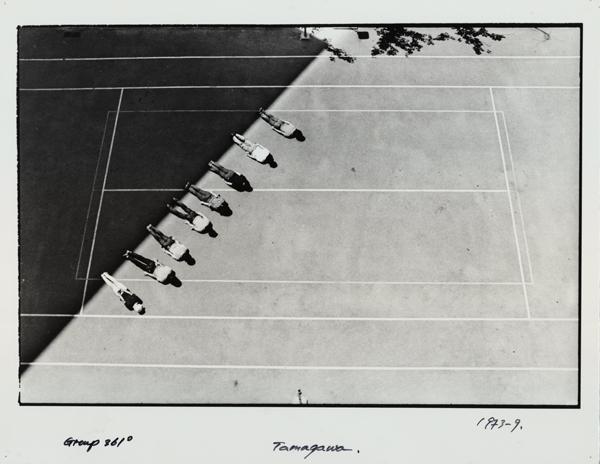
ANZAÏ Photo Archive, The National Art Center, Tokyo / group 361˚, September, 1973, Tamagawa, Tokyo”, 1973 / |
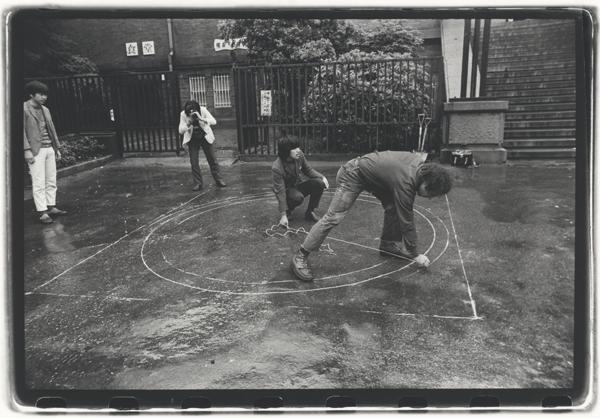
ANZAÏ Photo Archive, The National Art Center, Tokyo / “Richard Serra,To Encircle Base Plate Hexagram, Right Angles Inverted, |
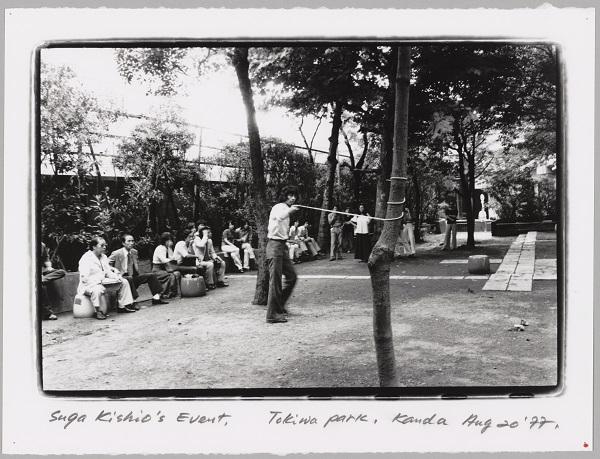
ANZAÏ Photo Archive, The National Art Center, Tokyo / “Suga Kishio, Theory of Emerging Situation, Tokiwa Park, Tokyo”, 1977 / |
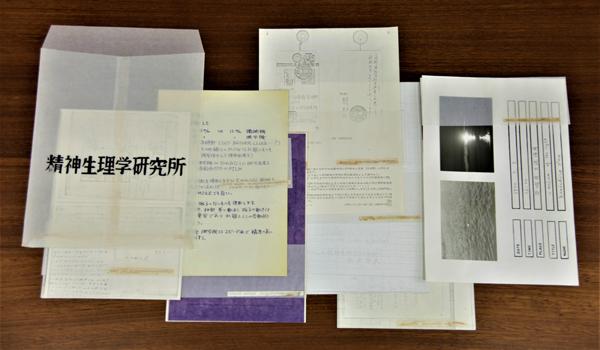
6th “Seishin Seirigaku Kenkyujo [Psychophysiology Research Institute]” Original documents, 1970 |
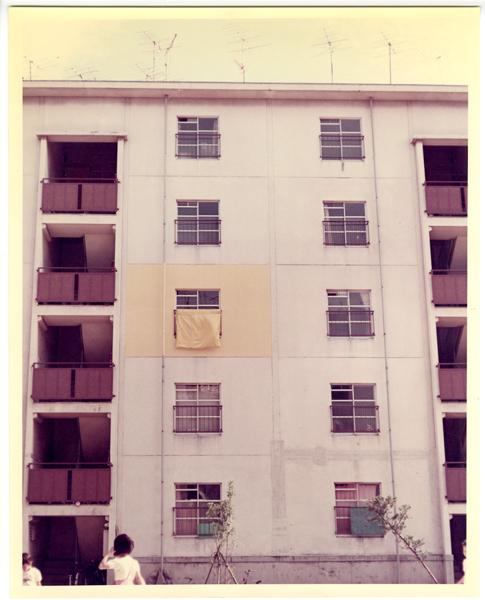
Shima Kuniichi, Minamigawa [South Side], “Ten-ten”, Totsuka, Kanagawa, 1973 |
Graphic Design: Toshiki Koike

